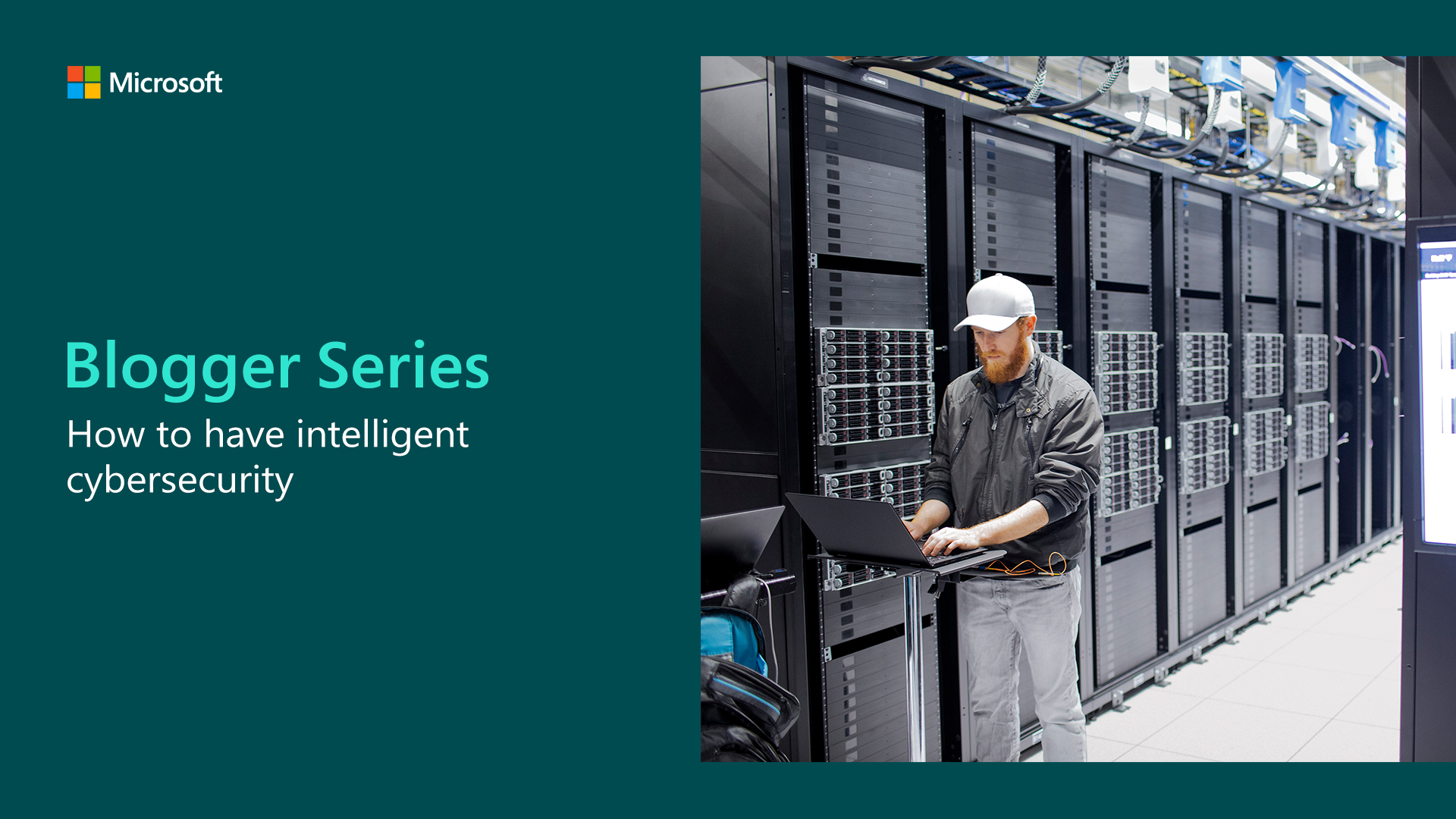
How to have intelligent cybersecurity

 New threats and more sophisticated attacks are always on the horizon in the cybersecurity world. This new normal means you must not only block known threats, but you need to look for and protect against new unknown threats – and this is where AI and machine learning come into play.
New threats and more sophisticated attacks are always on the horizon in the cybersecurity world. This new normal means you must not only block known threats, but you need to look for and protect against new unknown threats – and this is where AI and machine learning come into play.
The Intelligent Security Graph powers Microsoft’s built-in security. This means you benefit from advanced analytics collected from trillions of threat indicators generated by Microsoft and our partners. Using AI and machine learning to trawl through these signals, they find the ones that matter. Therefore, these insights power real-time threat protection.
According to PandaSecurity, last year a staggering 285,000 new malware samples were created each day. 96 percent of malware is only used once. This means the next malware attack could be completely different to the last.
You need to be just as protected from that new malware landing in your organisation’s inbox as you were from the one last week.
Built-in security to make security easy
Back to that pesky malware. Thanks to built-in intelligent security, different cloud-based machine learning models detect, scan, and block, proactively defending and remediating systems. This means that malware could be stopped before anyone has a chance to even be tempted to open it.

How can we know it works?
This is the exact scenario that stopped Ursnif, an info-stealing malware.
Every month our security…
- Blocks 5 billion threats
- Scans 18 billion webpages
- Analyses 400 billion emails
- Interprets data from 700 million Azure accounts
- Checks 450 million authentications
That’s a lot of checks on a lot of data. Much more than an average IT team can do. Now, not only do you have an extra security-focussed team you never knew you had, but you have the power of advanced analytics behind you.
It’s now easier to detect, protect, and respond to threats. You can keep track of the latest threats and trends without disruptions and get insight on how to ensure you stay secure.
Cybersecurity defence starts with your employees
Intelligence isn’t just about a great big machine in the background helping your cybersecurity infrastructure. It’s also important to keep your staff up-to-date. According to the NCSC cybersecurity breaches survey, only 20 percent of businesses have staff who completed training in the last 12 months. Also, it is mainly directors and senior management attending training. It’s no surprise that one in ten of these businesses report cyber skills gaps.
What about Ursnif, the malware that was stopped by intelligent security? If it slipped through the cracks, it presented itself as a macro to enable in an emailed document. If one of your staff clicked on that, then the damage would have been done.
Even though your organisation feels protected with built-in security, it’s important to ensure you empower your staff to help detect, protect, and respond. Have a formal policy covering cyber security risks. Astonishingly, only 27 percent of businesses have one. Provide regular training for all staff. Microsoft has plenty of online resources to help start your skills journey.
By having empowered, cyber-aware people, coupled with built-in security powered by intelligence, you’ll be a stronger organisation ready to detect, protect, and respond.
Find out more
Reduce risks and speed up detection time
Microsoft Security – the team you never knew you had
[msce_cta layout=”image_center” align=”center” linktype=”blue” imageurl=”http://approjects.co.za/?big=en-gb/industry/blog/wp-content/uploads/sites/22/2019/03/banner_rethink.jpg” linkurl=” http://approjects.co.za/?big=en-us/trustcenter/compliance/complianceofferings” linkscreenreadertext=”Find out why we’re one of the most trusted names in business security” linktext=”Find out why we’re one of the most trusted names in business security” imageid=”8758″ ][/msce_cta]
 About the author
About the author
Nick is passionate about transforming every person and organisation to be more productive and more secure in his role as Security Product Marketing Lead within the Microsoft modern workplace team. A geek at heart, he spends his spare time experimenting with lasers and 3D printers with his two sons, keeping old computers alive (particularly Commodores), and learning about mechanics to keep an ageing British sports car on the road.




